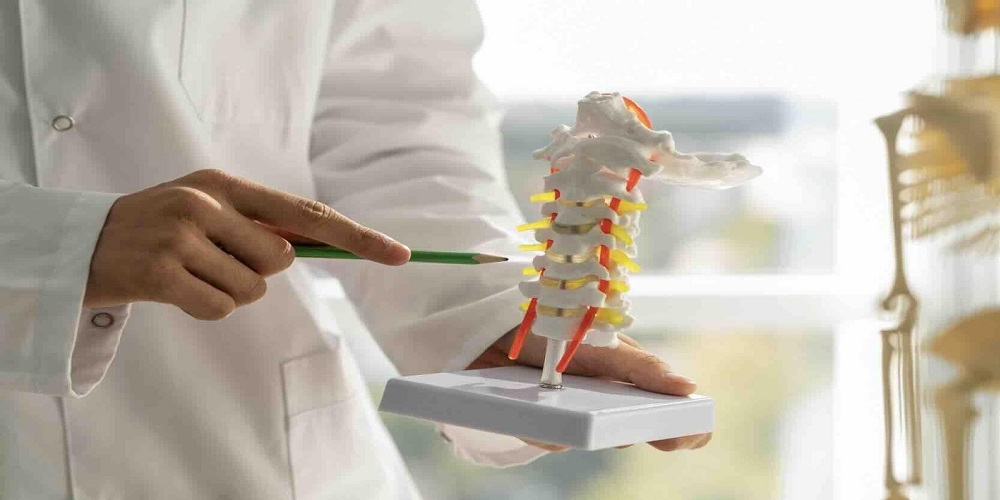Exploring Scoliosis Treatment Options: From Bracing to Surgery
Scoliosis, a condition characterized by an abnormal curvature of the spine, affects millions of people worldwide, including many in Canada. While scoliosis can vary in severity, its impact on one’s quality of life can be significant. Fortunately, there are various treatment options available to help manage this condition and alleviate its symptoms.
In this article, we will explore the range of treatment options for scoliosis, from non-invasive approaches such as bracing to surgical interventions.

Understanding Scoliosis
Before delving into treatment options, it’s essential to understand what scoliosis entails. Scoliosis typically develops during childhood or adolescence, although it can also occur in adulthood. The curvature of the spine in scoliosis can range from mild to severe, and it may cause symptoms such as back pain, uneven shoulders or hips, and difficulty breathing in severe cases.
Non-Invasive Treatment Approaches
1. Bracing: Bracing is a common non-invasive treatment option for scoliosis, particularly in adolescents whose spines are still developing. The purpose of bracing is to prevent further curvature progression and promote spinal alignment. Patients typically wear the brace for several hours each day, and the effectiveness of bracing depends on factors such as the severity of the curvature and the patient’s compliance with wearing the brace.
2. Physical Therapy: Physical therapy exercises can help strengthen the muscles surrounding the spine, improve flexibility, and alleviate pain associated with scoliosis. A skilled physical therapist can design a customized exercise program tailored to the individual’s needs, focusing on improving posture and reducing discomfort.
Surgical Interventions
In cases where scoliosis is severe or progressing despite non-invasive treatments, surgical intervention may be necessary. Surgery aims to correct the curvature of the spine and stabilize it to prevent further progression. Common surgical procedures for scoliosis include spinal fusion, where the vertebrae are fused together to straighten the spine, and spinal instrumentation, which involves the use of metal rods, screws, and hooks to stabilize the spine.
Considerations and Risks
While surgical intervention can be effective in correcting spinal curvature, it also carries certain risks, including infection, blood loss, and complications related to anesthesia. Additionally, recovery from spinal surgery can be lengthy, requiring weeks or even months of rehabilitation and physical therapy.
Advanced Chiropractic Care
In addition to traditional treatment options, some individuals with scoliosis may benefit from advanced chiropractic care. Chiropractic care focuses on manual manipulation of the spine to improve alignment and alleviate discomfort. While chiropractic treatment alone may not be sufficient to correct severe spinal curvature, it can complement other treatment modalities and help manage symptoms.
Conclusion
In conclusion, scoliosis is a common spinal condition that can have a significant impact on one’s life. From bracing to surgery, there are various treatment options available to help manage scoliosis and improve quality of life. However, individuals with scoliosis need to work closely with healthcare professionals to develop a comprehensive treatment plan tailored to their specific needs and circumstances.
If you or a loved one is struggling with scoliosis, consider exploring advanced chiropractic care as part of your treatment plan. Contact us today to schedule a consultation and learn more about how chiropractic care can complement traditional treatment approaches and help you live a fuller, more comfortable life.
By providing education and support, we aim to empower individuals with scoliosis to take control of their health and well-being. Take the first step towards a healthier spine today with advanced chiropractic care.



